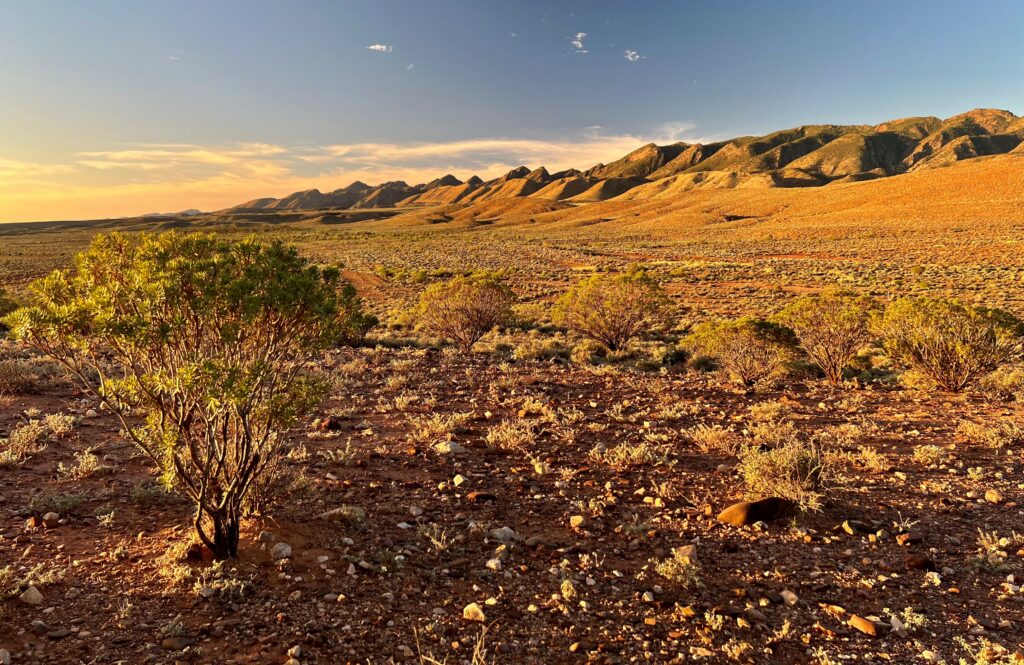
Steve Hill, Chief Scientist, Geoscience Australia
Published in the National Rock Garden Newsletter No. 25, May 2023
People came from far and wide and with a strong sense of adventure and excitement to the outback station of Nilpena for the opening of the Nilpena Ediacara National Park on 27 April 2023. The crowd that gathered not only included government ministers, aboriginal elders and conservation stalwarts but a number of palaeontologists and geologists… this was obviously a bit different to the usual national park opening! The reason, of course, was that this national park has incredible geology, or more precisely its internationally significant fossil record that provides the world’s richest and most diverse record of Ediacara fossils. These are the first multi-cellular creatures that ate, moved and sexually reproduced and therefore provide insight into the dawn of animal life on Earth some 550 million years ago.
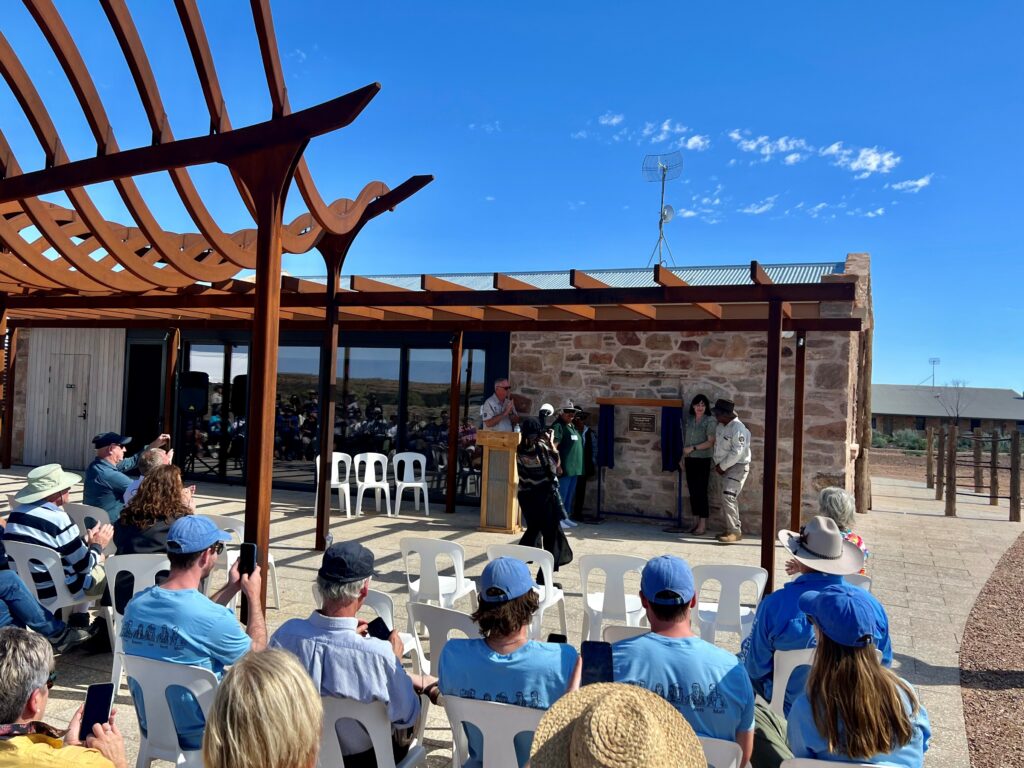
The fossils here were first discovered by Reg Sprigg AO in the 1946 and after some initial contention have gained significant international attention from researchers, palaeontologists and conservationists, including from NASA and Sir David Attenborough, and featured in the recent ABC TV and online profile – ‘Set in Stone’. The fossil record here also supports the Global Boundary Stratotype Section and Point (GSSP), a.k.a. ‘golden spike’, for the base of the Ediacaran time period in nearby Brachina Gorge.
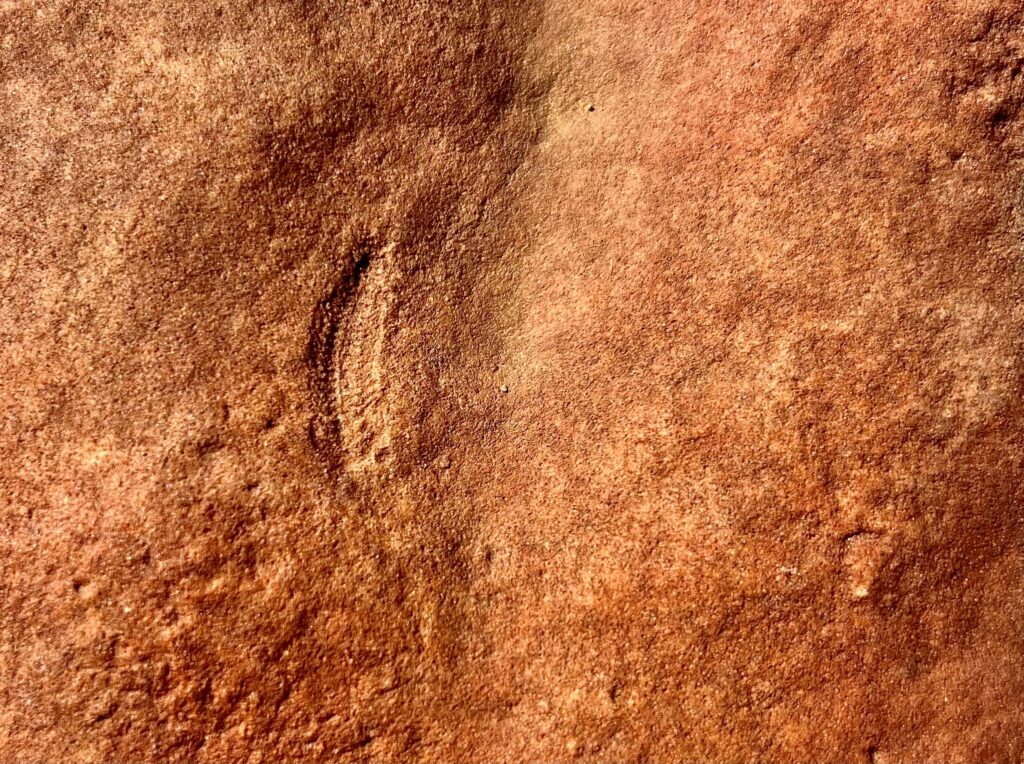
Besides the fossils themselves, a highlight of the national park is an audio-visual experience that recreates the ancient ocean floor and projects onto one of the most fossiliferous beds found in the area (the bed is named ‘Alice’s Restaurant Bed’ in reference to the Arlo Guthrie song from the late 1960s and that Prof Mary Droser’s research team could ‘get anything you want’ as examples of the local fossils in this bed). The audio-visual experience is hosted in the rebuilt former blacksmith’s shop and provides a virtual Ediacaran aquarium experience where identified fossils from the bed are brought to life through 3D animation technology. The park also manages near to 60,000 ha of country from near Parachilna westwards to Lake Torrens.
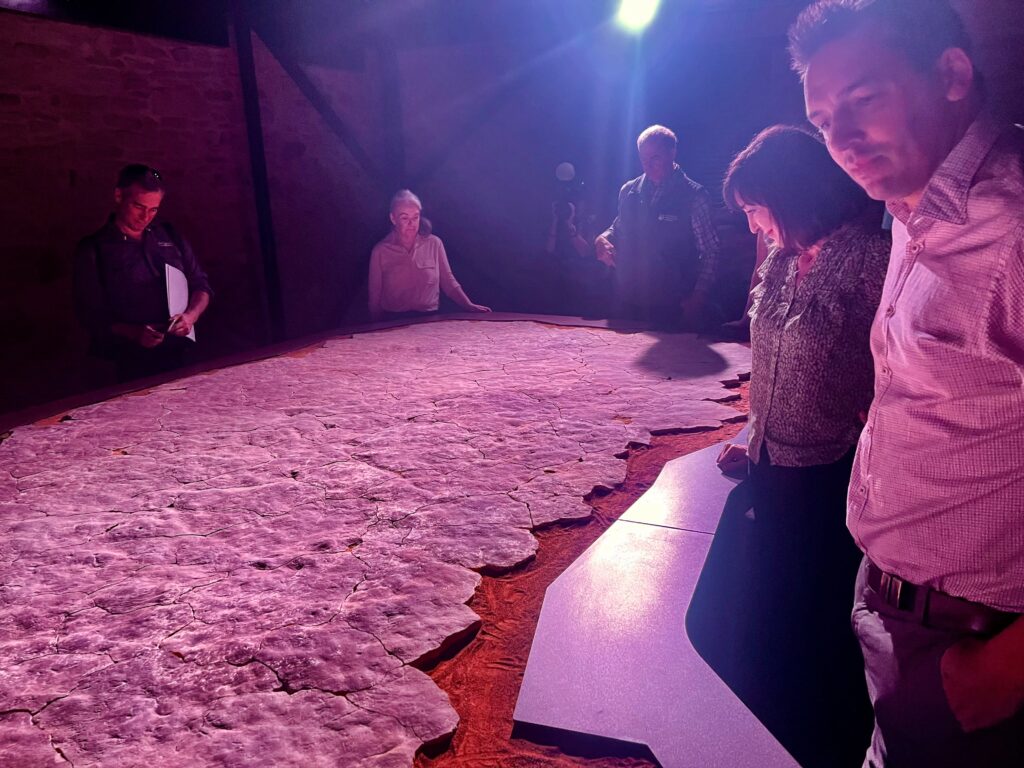
The opening of the national park is a key step forward in support of UNESCO World Heritage status for areas of the Flinders Ranges, where since April 2021 it has been placed on Australia’s tentative list for World Heritage. The area is also culturally significant to the Adnyamathanha people (meaning ‘rock people’) with traditional ceremonial sites, meeting places and middens located along creek beds and near groundwater springs. The site is also important for the state’s pastoral heritage and has included restoration of the stone shearing shed, shearers’ quarters and blacksmiths shop. To preserve the integrity of the fossils, access to the site is limited to pre-booked guided tours that can be arranged via the national park website, www.parks.sa.gov.au.
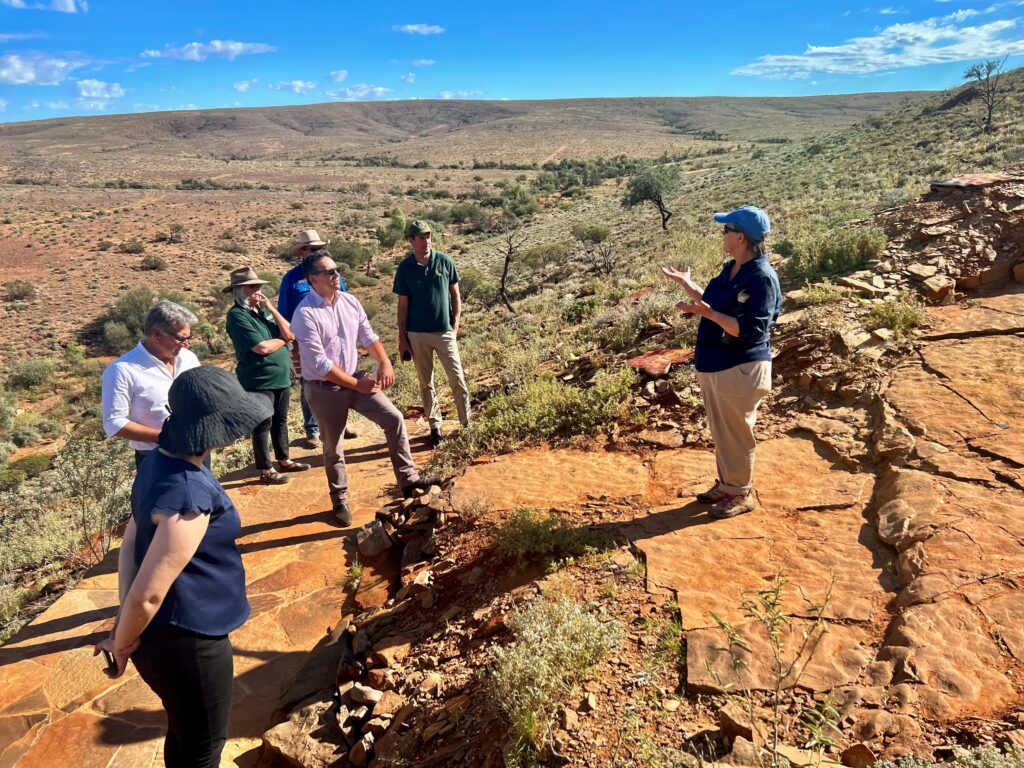
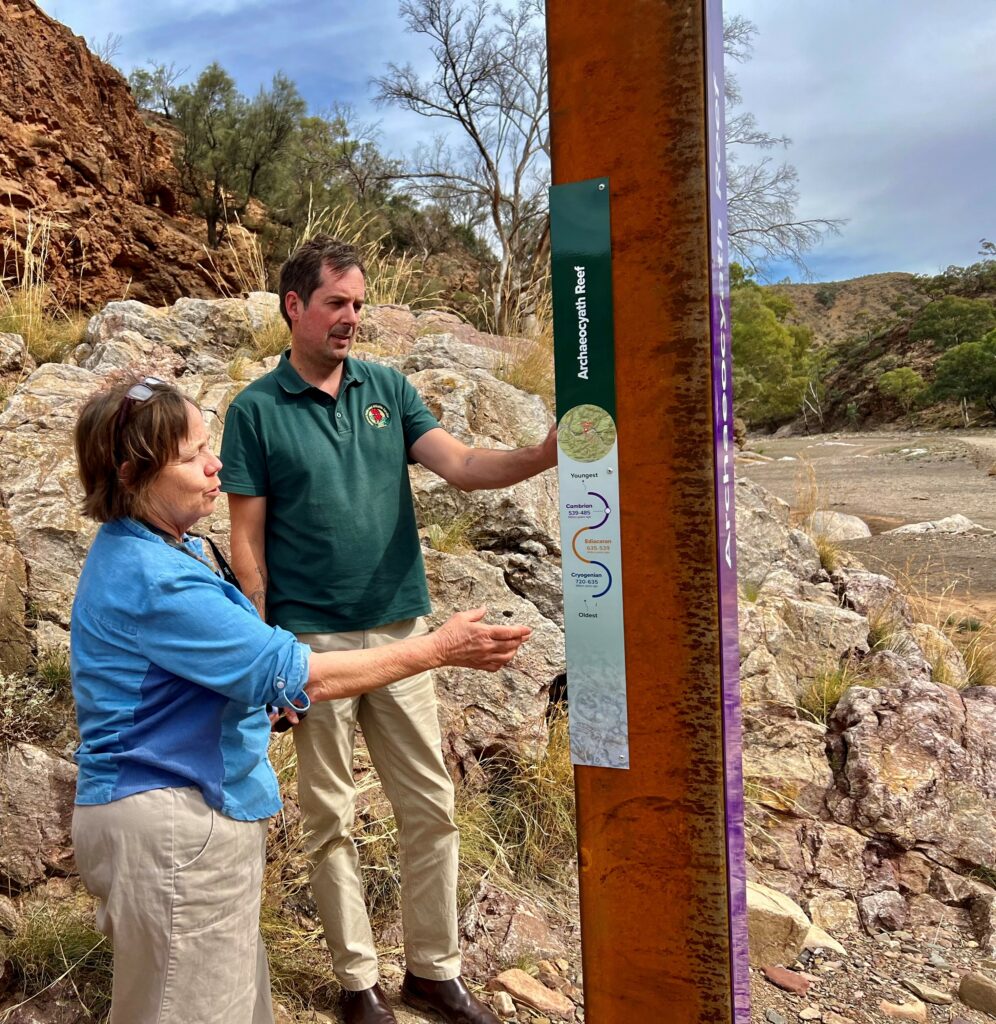
It was exciting to be at this opening partly because of having seen its changes and evolution over the years but most especially because it is a prominent public place where Earth Science and the work of Earth scientists are recognised and celebrated. A major challenge here has been to get the technical messaging to the public at the right level to best engage and enthuse people to want to learn more. A key aspect and learning has been the need for Earth Scientists to work with the project rather than only having a single-minded focus on communicating science (i.e. ‘communicating with’ rather than ‘communicating to or at’ people). The success here has also benefited from the leadership of South Australia’s National Parks & Wildlife Services and the foresight of palaeontologists such as Jim Gehling and Mary Droser, and former land owners Ross and Jane Fargher.
